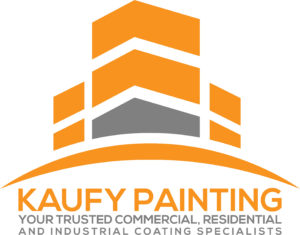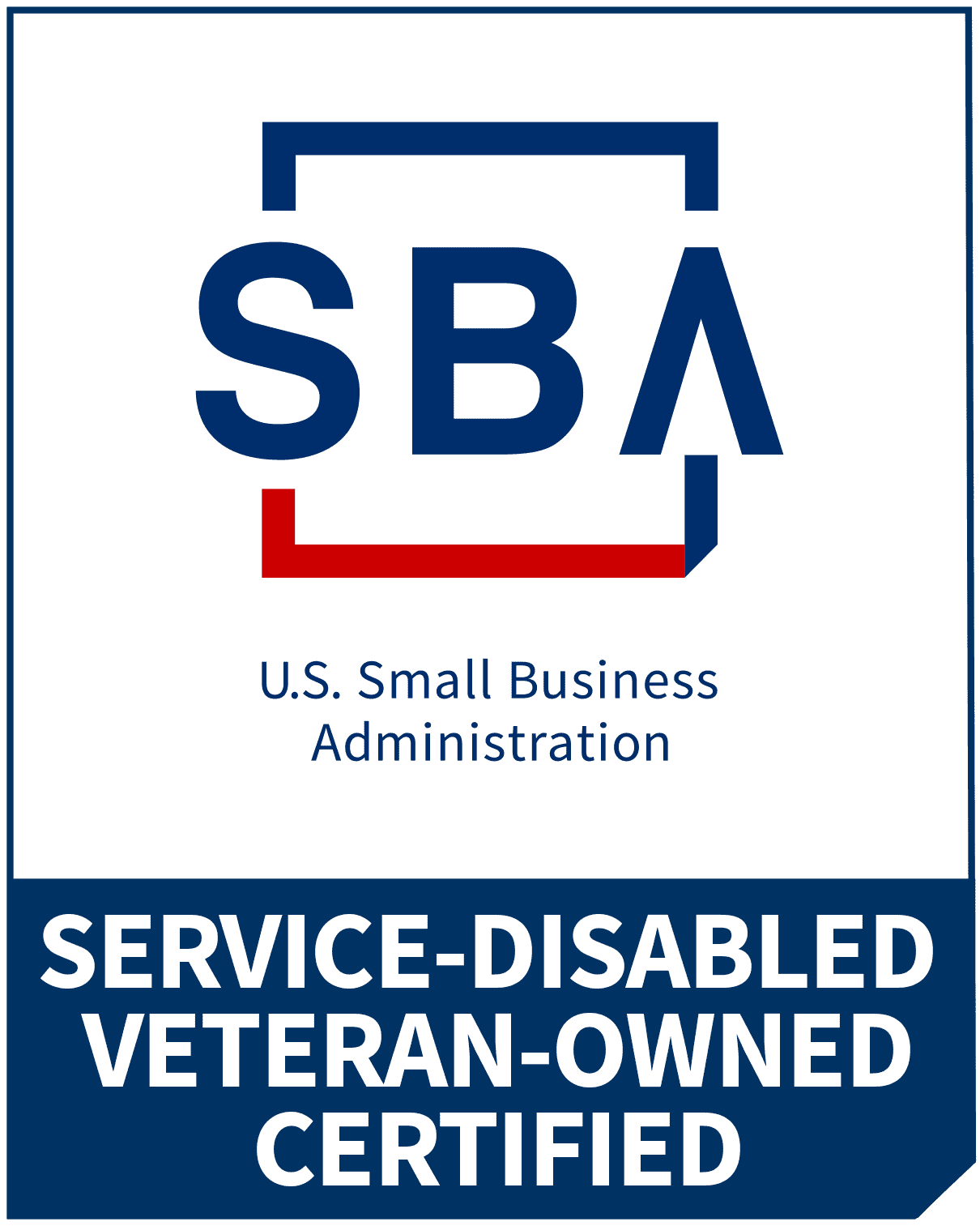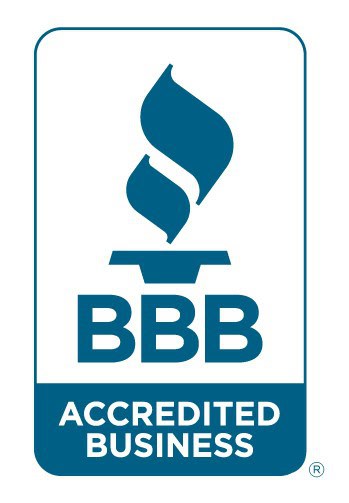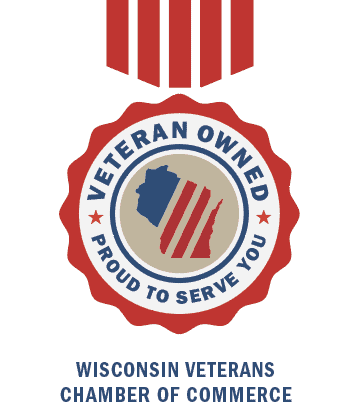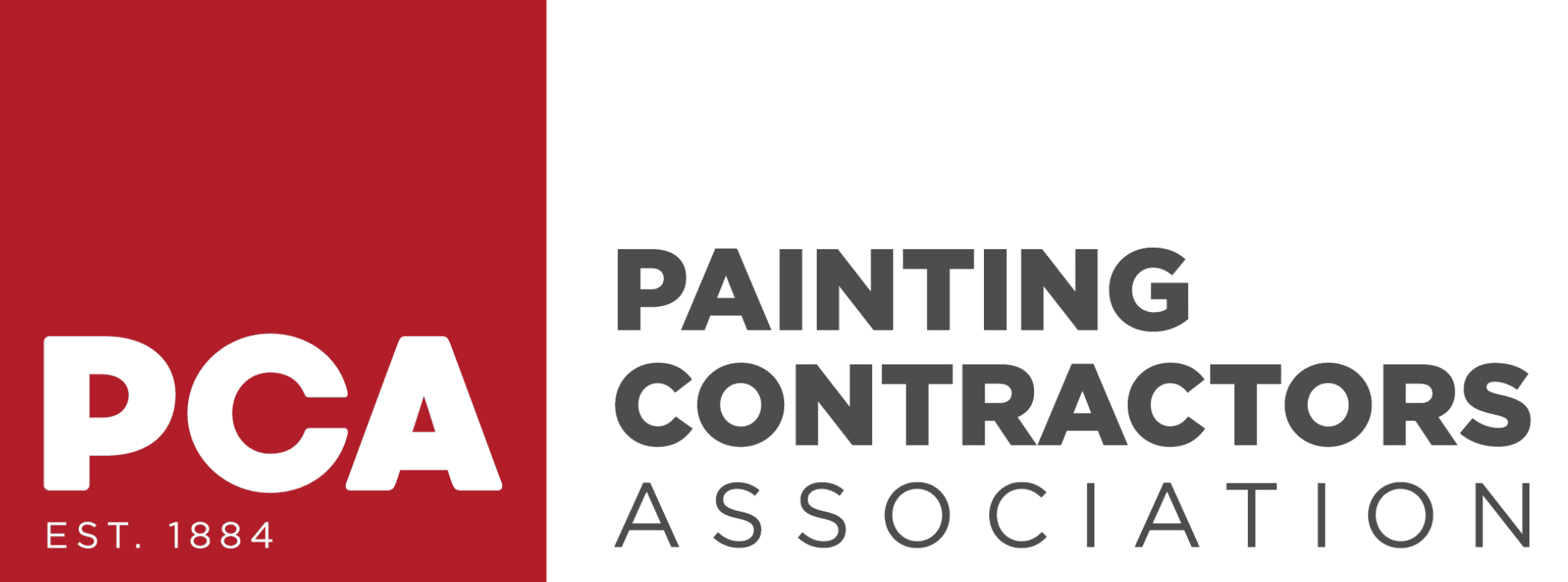Exterior paint primers are not just a preparatory step—they are essential for achieving lasting adhesion, resisting alkaline degradation, and sealing out moisture. These coatings form the foundation of exterior paint systems, ensuring the topcoat performs under sun, rain, temperature swings, and shifting substrates. Choosing the wrong primer leads to early peeling, staining, or blistering.
Different substrates—wood, masonry, metal—demand paint primers with precise chemical and mechanical properties. An alkyd primer for wood won’t protect masonry, and a general acrylic may not seal moisture-prone or high-pH surfaces adequately.
This guide covers:
-
Core paint primer functions and performance criteria
-
Adhesion mechanisms and primer types
-
pH-resistant options for concrete and stucco
-
Moisture-sealing paint primers versus vapor-permeable systems
-
Application best practices and service-level recommendations
By understanding primer properties, homeowners and painting professionals can select products that match both the substrate and environment. Scroll down for product-specific guidance and service tips to boost paint longevity.
Functions of Exterior Paint Primers
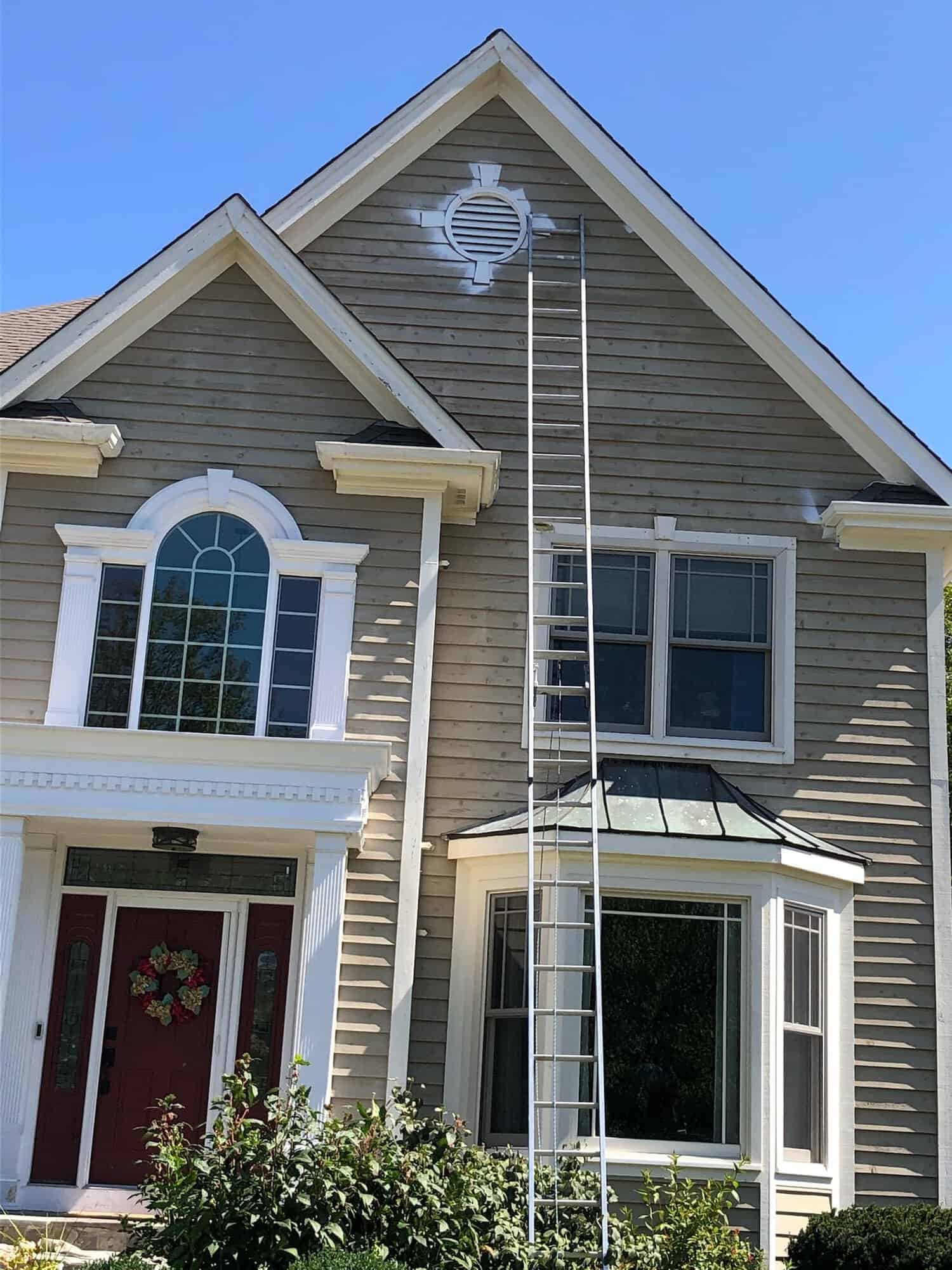
Promoting Adhesion for Durable Coating Systems
Primers are the link between substrate and paint, enabling both chemical and mechanical bonding. On wood, oil or acrylic primers penetrate fibers; on metal, rust-inhibitive primers bond to oxidized surfaces; on previously coated surfaces, adhesion primers create a profile that topcoats can grip.
Paint primer chemistry varies by substrate type:
-
Acrylic primers offer flexibility and adhesion on wood, stucco, and fiber cement.
-
Oil-based primers excel at penetrating bare wood, sealing knots, and blocking stains.
-
Epoxy or urethane primers are heavy-duty options for highly challenging substrates like metal or old glossy surfaces.
Without primer, topcoats can sit atop dirt or gloss, leading to peeling within a couple of years.
pH Resistance and Why It Mikeers
New concrete, stucco, and masonry often have a surface pH between 9 and 13, which can chemically degrade standard primer–paint systems. For example, Sherwin-Williams recommends Loxon® Concrete & Masonry Primer for these surfaces, citing its ability to condition masonry, resist efflorescence, and tolerate substrate pH up to 13.
Primers lacking alkali resistance break down, lifting the finish off the wall. Properly formulated alkali-resistant paint primers protect coatings from failure.
Moisture Sealing to Prevent Blistering and Peeling
Moisture vapor transmission allows water to escape through porous substrates but can cause finish blistering or peeling without suitable vapor control. Some primers seal dangerously, trapping moisture; others, like elastomeric or breathable masonry primers, allow vapor escape while protecting surfaces.
For horizontal or high-moisture substrates, vapor barrier epoxy paint primers (e.g., E1409CL) massively reduce permeance (Class I, ≤0.1 perms) per ASTM standards. On walls, vapor-permeable acrylics and elastomerics balance moisture control without creating trapping layers.
Primer Adhesion Technologies and Product Types
Acrylic-Based Primers
These are the go-to for versatility, adhering well to wood, masonry, and fiber cement while offering flexibility for expansion/contraction. Sherwin-Williams Loxon® Primer and Benjamin Moore Fresh Start® are top-tier examples praised for broad compatibility and ease of use.
Oil-Based Primers
Oil primers penetrate raw wood, seal knots, and block stains or tannins. They’re compatible with oil or latex topcoats and ideal for repairing old wood surfaces. However, they may not resist alkalinity or moisture as efficiently as specialty primers.
Epoxy and Urethane Primers
Epoxy paint primers provide a hard, chemical-resistant barrier, ideal for metal, concrete, or previously painted glossy surfaces. Some include rust-inhibitors or act as moisture vapor barriers; these are heavy-duty solutions often used in industrial or coastal settings.
Specialty Alkali-Resistant Primers
Primers like Sherwin-Williams Loxon® Concrete & Masonry Primer handle pH 6–13 and resist efflorescence damage. For masonry needing waterproofing, Loxon XP Waterproofing Coating tolerates the same alkali levels and can self-prime.
Understanding pH Resistance in Paint Primers for Masonry and Concrete
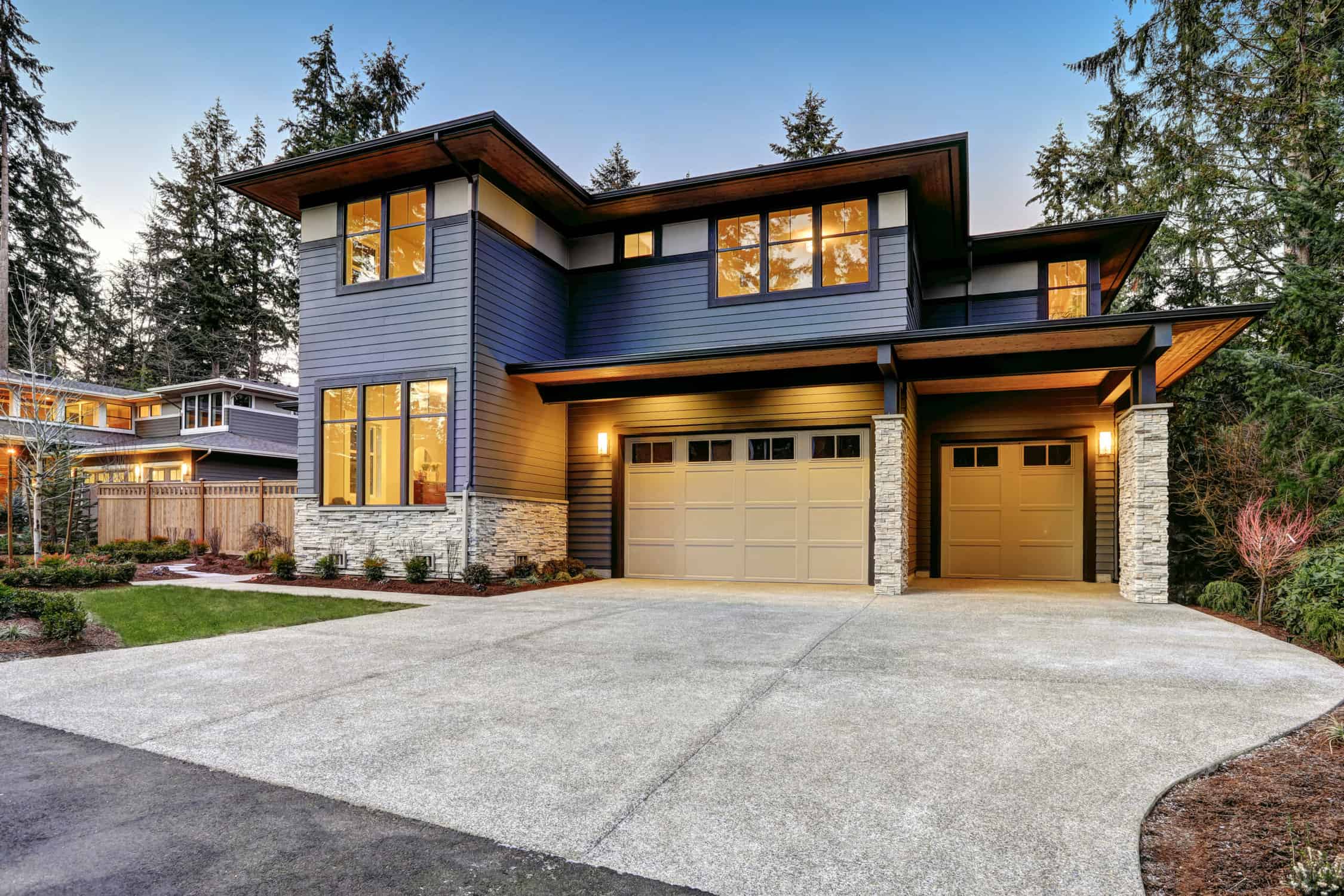
Chemistry of Alkali Resistance
Alkali-resistant primers often use stable acrylic binders and additives that neutralize or block alkaline migration. These hold up where standard primers fail. If regular primers degrade on alkaline surfaces, efflorescent minerals emerge, pulling coatings away.
Testing and Standards for pH Resistance
Look to technical data sheets referencing ASTM tests like D1308 (alkali resistance) or D6904 (wind-driven rain). Loxon primers explicitly pass alkali resistance in ASTM certifications. This is critical validation for masonry work.
Application Best Practices on High-pH Surfaces
Concrete must cure for 7–28 days, depending on mix, before priming. pH testing should confirm suitable levels. Surfaces should be clean, dry, and free of efflorescence or laitance. With proper prep, one good coat of alkali-resistant paint primer ensures topcoat durability.
Moisture Sealing and Vapor Permeability Explained
Moisture Vapor Transmission (MVT) Basics
Balance is key. Low Vp primers (Class I, ≤0.1 perm) block vapor but risk trapping moisture under exterior finishes. High-perm primers allow moisture egress yet protect against water intrusion—ideal for walls. Choose based on substrate type and moisture risk.
Primer Features That Control Moisture
-
Penetrating sealers saturate substrates to reduce absorption
-
Film-forming primers provide water barrier but limit breathability
-
Elastomeric primers, often acrylic, bridge cracks and act as moisture shields (e.g., elastomeric masonry systems)
Impact on Paint System Longevity and Substrate Protection
Proper sealing prevents blistering and mildew and maintains substrate integrity. Vapor-permeable primers reduce peeling in masonry, while vapor barrier epoxies are essential for horizontal surfaces with chronic moisture exposure.
Service-Specific Application Tips for Exterior Primers
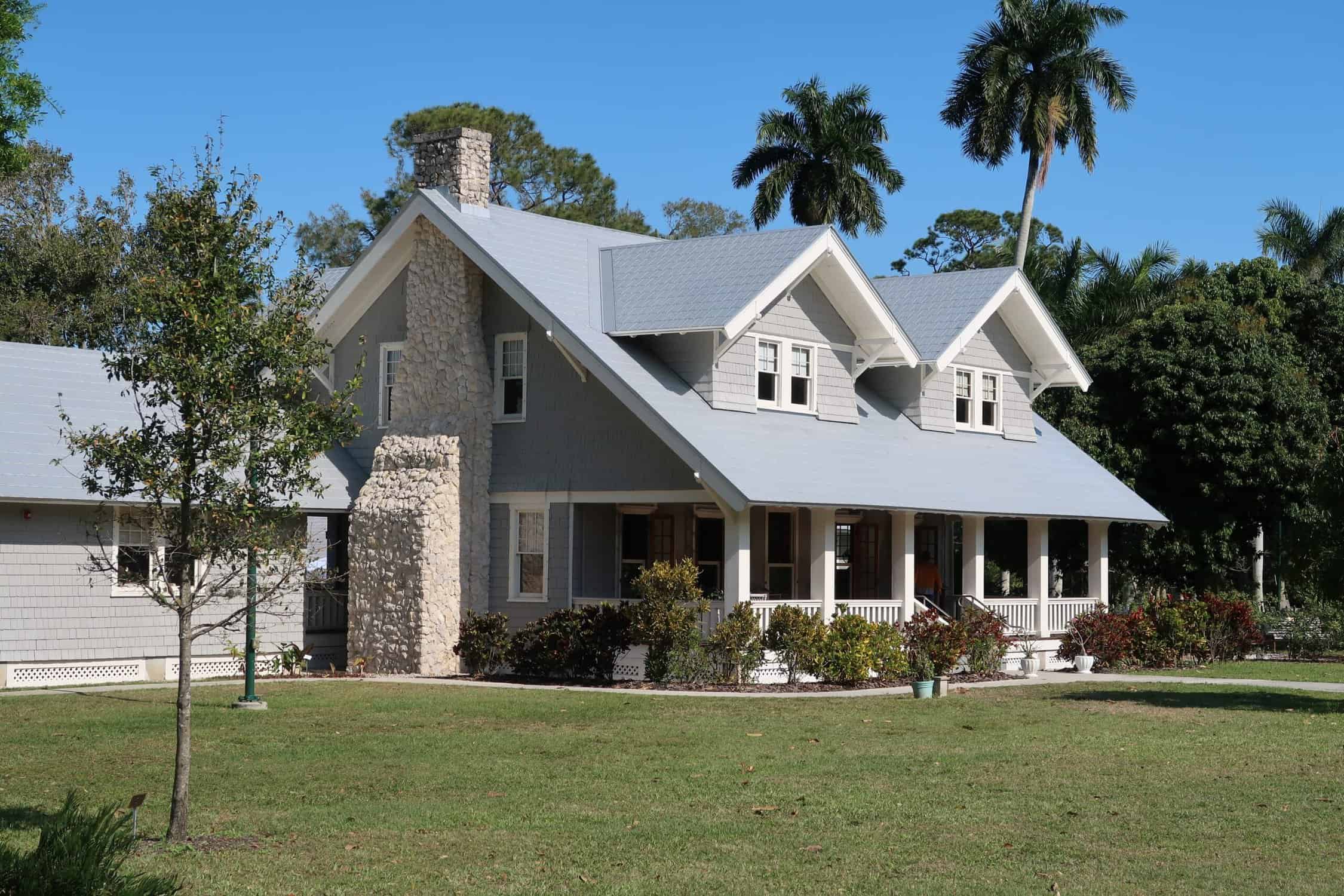
Surface Preparation for Primer Application
All primer performance starts with prep. Surfaces must be clean, dry, and free of efflorescence or contaminants. For masonry, scrub with detergent then rinse, remove salts, then allow surface to dry before priming. Smooth wood may require sanding; glossy substrates need deglossing.
Primer Application Conditions
Follow these conditions for optimal results:
-
Temperature: ideally 35–85°F
-
Humidity: below 80%
-
Film thickness: per product guidelines (e.g., 3.2 mils dry for Loxon)
-
Coat counts: some masonry primers require topcoating within 14 days
Primers should cure fully before topcoating—typically 4–24 hours, depending on product and weather.
Matching Paint Primer to Topcoat
Always pair primer and topcoat from the same chemical family (e.g., acrylic primer with acrylic paint). Mixing chemistries voids adhesion warranties. Manufacturer spec sheets guide which topcoats are compatible.
People Also Ask (FAQ)
Q1: Do I need primer for exterior painting?
Yes. Primer promotes stronger adhesion, seals porous substrates, resists high pH and stains—crucial for a long-lasting exterior finish.
Q2: What primer is best for masonry?
Alkali-resistant acrylic primers such as Sherwin-Williams Loxon® Concrete & Masonry Primer are ideal; they withstand pH up to 13.
Q3: Can I use oil-based primers on concrete?
Oil primers provide some sealing, but lack full pH resistance. For masonry, specialized acrylic masonry primers are better.
Q4: How does primer prevent moisture problems?
Primers seal porous substrates while letting vapor escape—this balance prevents blistering, peeling, and mold.
Q5: How long before painting over masonry primer?
Primers typically dry in 4–24 hours, but masonry must have cured for 7–28 days before priming; topcoats should follow soon after for best adhesion.
Conclusion
Exterior paint primers do more than just ‘prime’—they are linchpins of successful paint systems. Understanding how primers support adhesion, neutralize pH, and manage moisture sets the foundation for a durable, beautiful finish.
Choose wisely: match primer type to substrate—wood, metal, masonry—and follow manufacturer guidelines precisely. Don’t skimp on prep, temperature control, or coat timing.
Need help choosing the best primer or ensuring precise application for your exterior surfaces? Contact Kaufy Painting. Our specialists can guide you through product selection and handle installation with meticulous attention to substrate needs and longevity.
